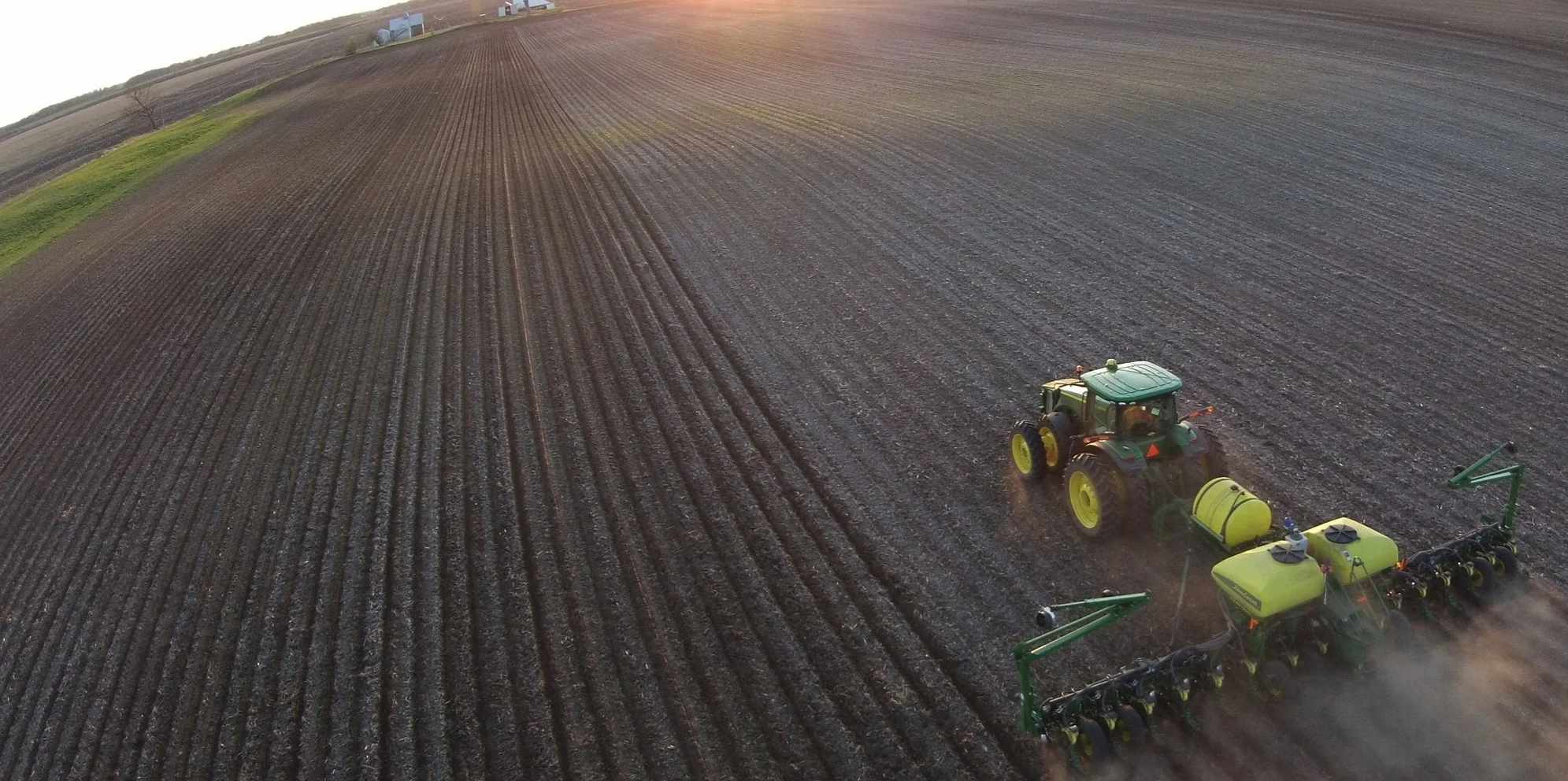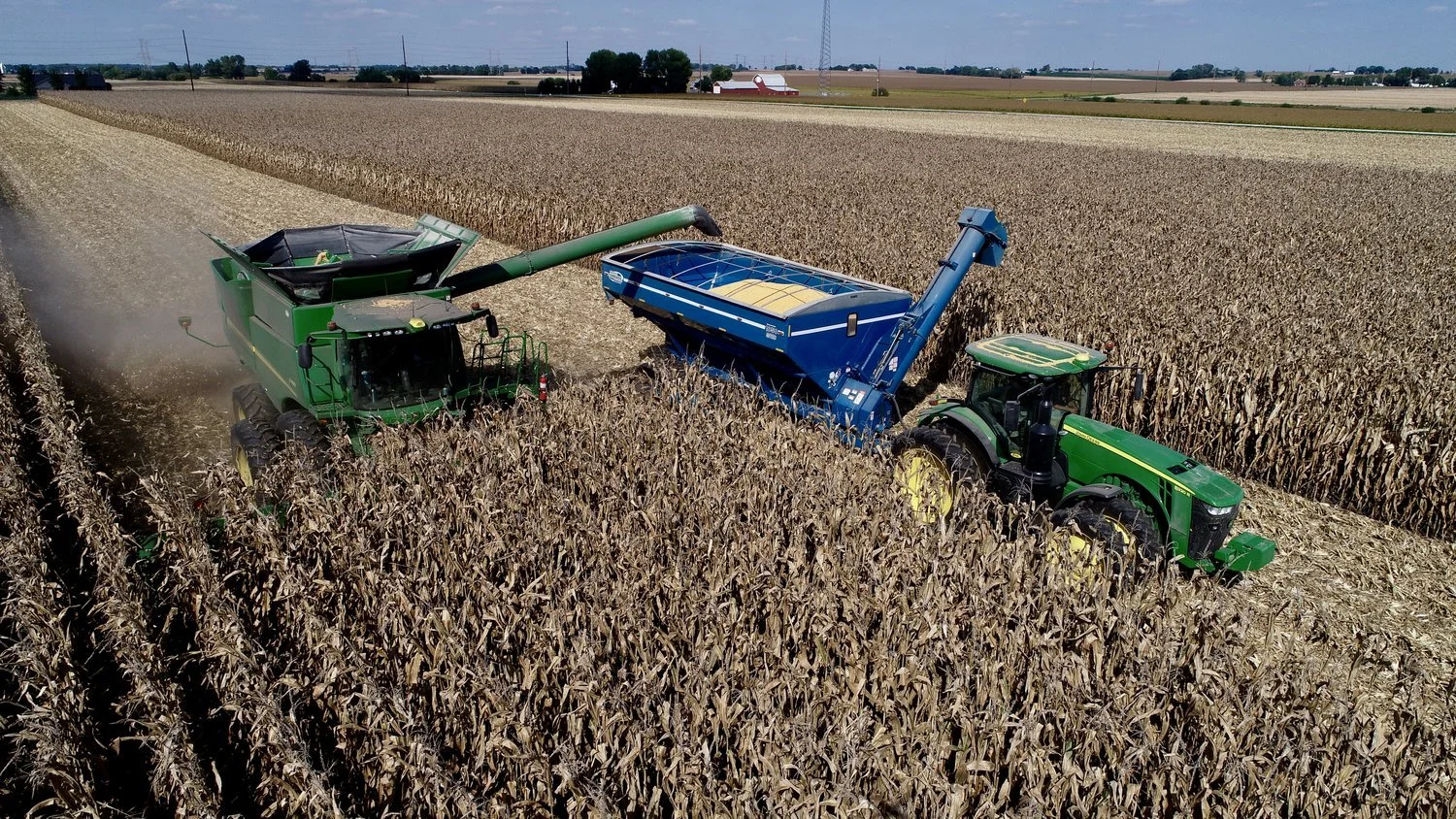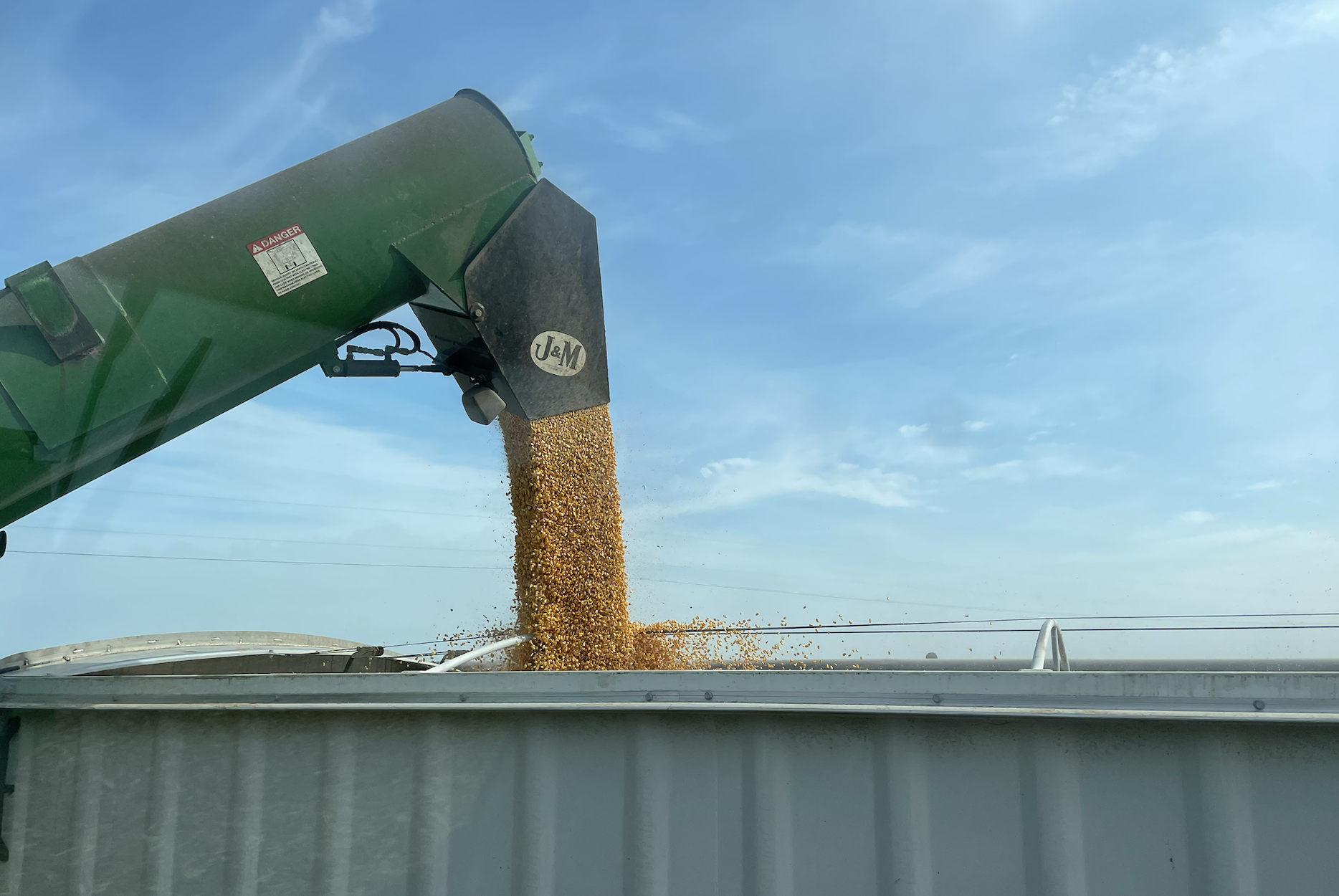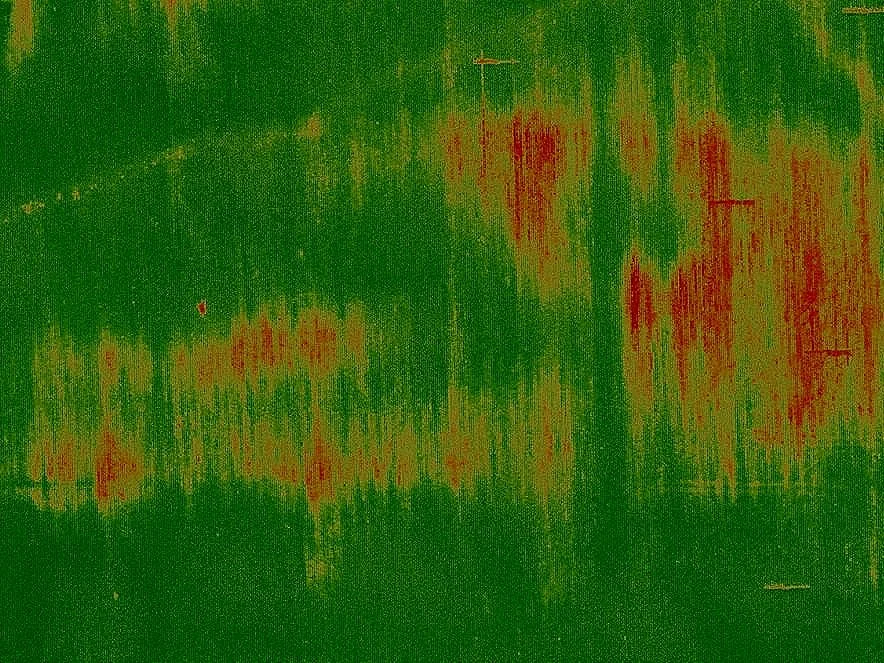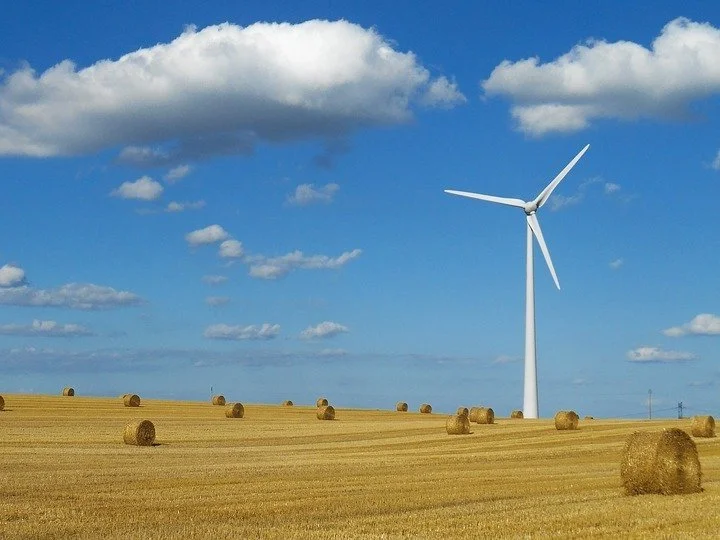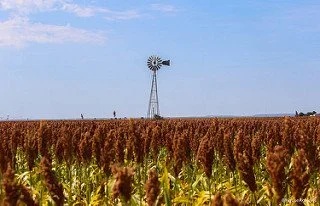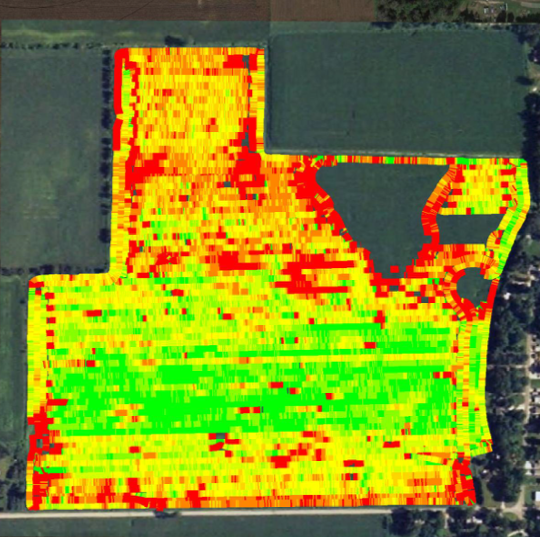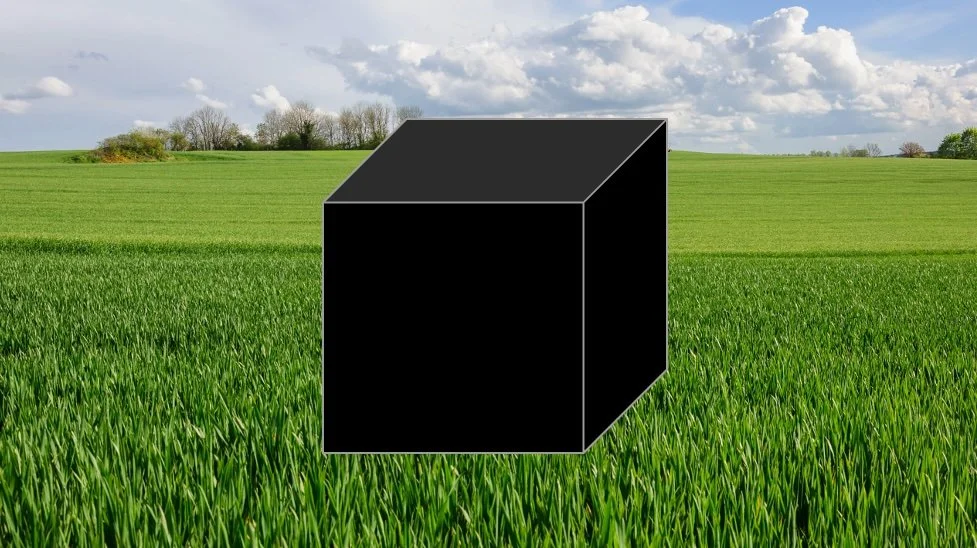How a 1940's Chicken Farmer Case Answered: Who Owns the Sky?
/In 1946, a North Carolina chicken farmer sued the United States government for trespass by air. The US navy and army operated an airstrip adjacent to the chicken farm, such that the glide path from the runway extended directly over the farmer’s house and outbuildings. Normal glide paths put aircraft 67 feet above the house, 63 feet above the barn, and 18 feet above the highest tree. Bombers, fighters, and other aircraft routinely flew over the farm, causing quite a disturbance:
The noise is startling. And at night the glare from the planes brightly lights up the place. As a result of the noise, respondents had to give up their chicken business. As many as six to ten of their chickens were killed in one day by flying into the walls from fright. The total chickens lost in that manner was about 150. Production also fell off. The result was the destruction of the use of the property as a commercial chicken farm. Respondents are frequently deprived of their sleep and the family has become nervous and frightened.
US v. Causby, 328 US 256, 258 (1946). The farmer decided to sue the US government for trespass. At the time, United States' law followed the old common law rule that landowner owns all of the land beneath their property and all of the sky above their property “into the periphery of the universe”—in Latin: Cujusest solum ejus est usque ad coelum.
By 1946, World War II was over and it was clear civilian aircraft would soon be crisscrossing the skies. The US Supreme Court declared that the old "periphery of the universe" doctrine had no place in the age of air travel. “The air is a public highway,” Justice Douglas wrote. Were it not, every commercial flight over land would be a “trespass,” subjecting the US government and private airlines to endless trespass claims.
Still, it was obvious to the Court that the “public highway” rule did not address the wrong suffered by the chicken farmer caused by hundreds of airplanes flying barely over his property. The result was a newly created doctrine to protect landowner rights while giving aircraft the right to fly over private property:
[I]f the landowner is to have full enjoyment of the land, he must have exclusive control of the immediate reaches of the enveloping atmosphere. Otherwise buildings could not be erected, trees could not be planted, and even fences could not be run. . . . The landowner owns at least as much of the space above the ground as he can occupy or use in connection with the land.
US v. Causby, 328 US 256, 264 (1946). Thus was born the “enveloping atmosphere” rule, holding that a landowner owns as much of the airspace above his or her property to which he or she can reasonably use, and any invasion of that airspace is a trespass subject to damages. Likewise, that airspace above the “immediate reaches above the land” is part of the public domain, not subject to trespass.
The Causby case demonstrates that our courts are capable of adapting old laws to new technology. The coming age of drones will no doubt test the “enveloping atmosphere” rule, since drones don’t fly in the upper atmosphere with airplanes, but instead in the lower airspace above farms and farmland.
--------
Photos (C) Wm. Craig Dubishar 2015. Used by permission.

